
- By Theme
-
Destinations
-
Indian Destinations
-
International Destinations
-
- Best Places to Visit
- Packages
- Search Agents
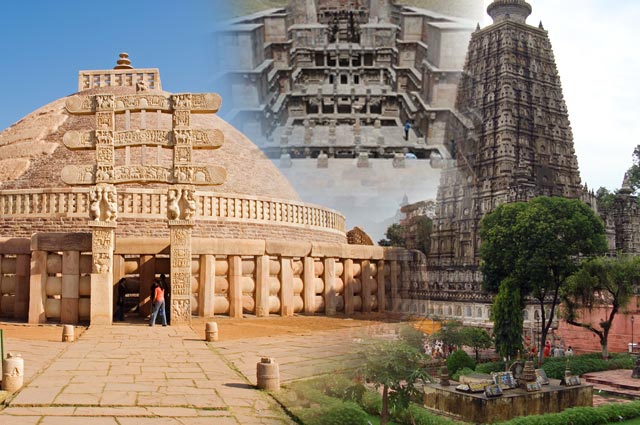
Let us all admit, India is a magnificent nation. In the previous times, it was ruled by the various clans that belong to this country as well as by those who came from another part of world. During their reign, a lot of edifices were built that depicted the valor, strength, sensuality, love, religion, and the great skills of the ancient craftsmen.
Whether it is a fort or a minaret; a cave or a memorial, it is guaranteed that an individual will be surprised to see all of them standing on the soil of this country since ages. All the monuments have witnessed the times changing.
People from different states and countries flock to these historical/heritage sites on a large scale to admire the affluent structural design of such marvels. And yes, that's done by paying a minimal charge!
So, readers, get ready as we take you on a small trip back in time when there was no Wi-Fi, no mobiles but something that still has the charm of catching your attention. We're sure that you'll enjoy this time travel!
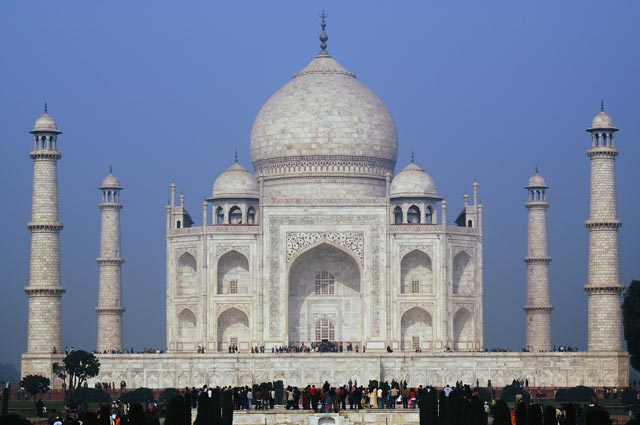
Best described as a teardrop on the cheek of eternity' by Rabindranath Tagore, the famous grandeur Taj Mahal needs no formal introduction. Constructed entirely out of the white marble, this epitome of love stands one among the historical monuments in India. It was constructed during the reign of Shah Jahan to commemorate his beloved wife, Mumtaz. It took 22 years to complete and guess what gift was received by the workers who built it? They got their upper limbs chopped off!

Agra Fort is a palatial grandeur that was built during the reign of the Mughal Emperor, Akbar. It is a present-day UNESCO World Heritage Site that stands near the magnificent Taj Mahal. This humongous structure is built in the red sandstone. This heritage monument has served the authoritarian seat of the Mughals for a prolonged period of time. Agra Fort is thronged extensively by domestic as well as foreign visitors.

Another prestigious monument where the Indian Tricolor was hoisted on 15th August 1947 is the Red Fort. Also popular by the name of Qila-E-Mubarak', it was constructed by Shah Jahan when he shifted his capital from Agra to Delhi. It took nearly 9 years to erect this marvelous monument that reflects the Indo-Islamic style of architecture. Within the vicinity of the fort, there are numerous structures like Khas Mahal, Rang Mahal, Diwan-e-Khas, Moti Masjid etc. that shouldn't be missed.
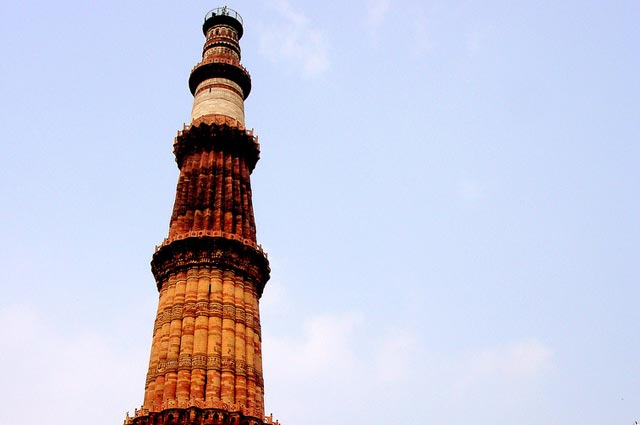
Qutub Minar is one of the finest examples of the Indo-Islamic architectures in the 'Political Capital' of India. Built during the reign of the Mamluk Dynasty, Qutub Minar is a famous minaret that stands at a height of 240 feet and bears the name of Qutubuddin Aibak. It has labyrinthine carvings done on its exterior walls that are verses from Quran in Arabic. There's a must-see iron pillar there that hasn't rusted from the last 2000 years!
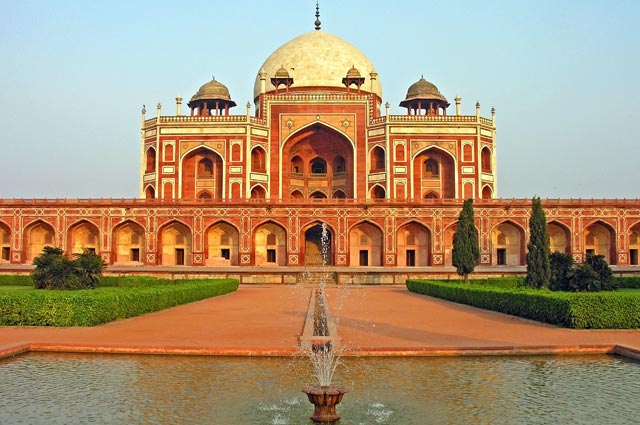
Humayun's Tomb is a heritage monument in India. Situated in Delhi, this tomb is dedicated to Humayun by his wife, Hamida Banu Begum. This palatial structure was constructed in the 15th century and reflects a blurry image of Taj Mahal. The interiors of this grandeur are adorned with the enchanting carvings that carry the legacy of the Indo-Islamic architecture. The vicinity of the tomb is spacious enough and houses other monuments like the tomb of Isa Khan, Maqbara-e-Halima, Arab Sarai, and others.

'Royalty in the City of Valor' describes Fatehpuri Sikri the best. It is one the Indian historical places that is dotted with small tombs, quarters of the royal family, gardens, cenotaphs etc. This city was planned by the Mughal Ruler Akbar on the Persian principles. This enticing edifice is constructed out of the Sikri Sandstone. It has various other places that never cease a chance to attract visitors and include the names like Buland Darwaza, Tomb of Salim Chisti, Jama Masjid, Ibadat Khana etc.
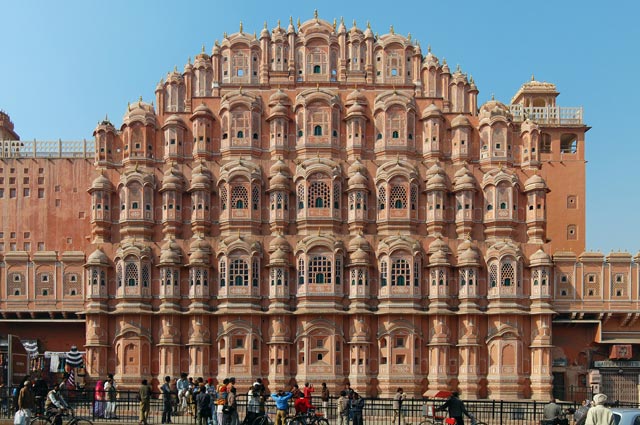
How can we skip the 'Land of Forts' Jaipur? It is a state that is a residence to the magnificent architectural marvels like forts and their remnants. One such intriguing edifice is Hawa Mahal aka the palace of breeze. It is a historical monument that was built during the reign of Sawai Pratap Singh. Hawa Mahal is built in a manner that it resembles a beehive. It was originally built for the women of the royal clan so that they can witness the events, ceremonies, and processions without leaving the palace.
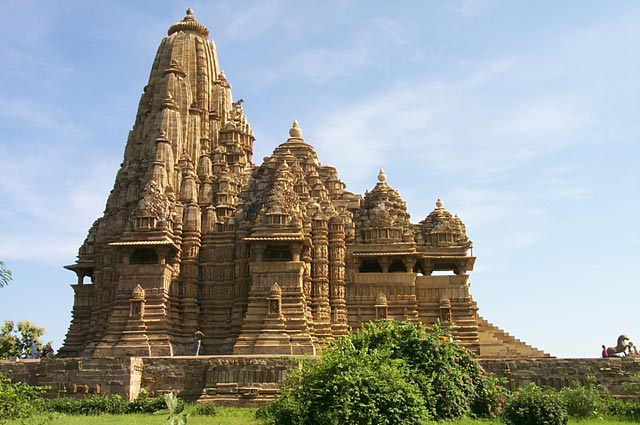
The temples of Khajuraho are famous across India. This UNESCO World Heritage Site is a historical place that houses a group of monuments that constitutes temples in a majority. It is a place where you can witness the blend of faith and eternal love. The temples have exquisitely carved embellishments of the Hindu Gods and Apsaras and Jain Tirthankaras. A touch of sensuality can also be spotted in the other section of the well-carved sculptures.
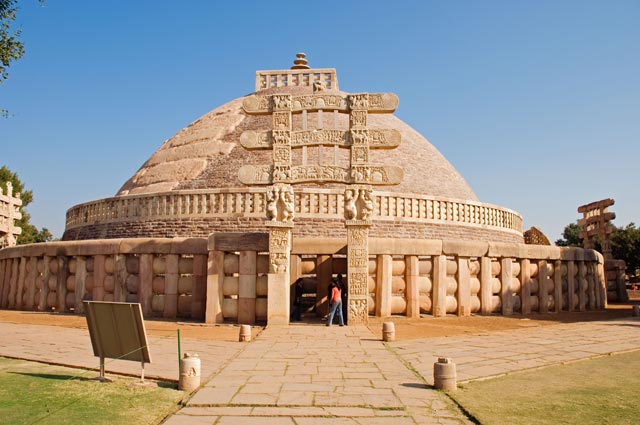
Sanchi Stupa is a not-to-be-missed historical site in the 'Heart of the Country' Madhya Pradesh. Sanchi Stupa is beyond a heritage monument, especially for the followers of Buddhism because it houses the remnants of Buddha. It was built by the Mauryan emperor turned monk, Ashoka in the 3rd century. The dome of the stupa describes the freedom from the circle of life & death. Hundreds of Buddhists and monks pay a visit to this sacred site throughout the year.
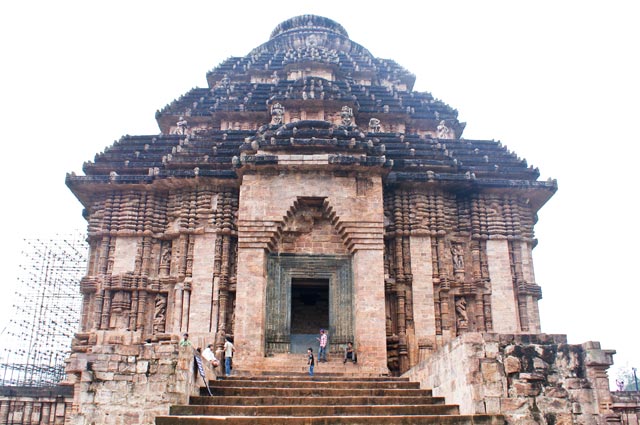
Konark Sun Temple is an astounding artwork of the ancient India. Konark Temple is a shrine dedicated to the Sun God. Resting near the coast of the Bay of Bengal, the sun temple was erected during the reign of King Narasimhadeva I. 1200 artisans and craftsmen were deployed for the construction of this present-day heritage site. The temple is built in such a manner that the rays of the sun fall directly on the idol of the Sun God in the morning, afternoon, and during the sunset.

Mahabodhi Temple is a Holy site for the followers of Buddhism. This temple is the place where Gautama Buddha attained enlightenment under a tree. The temple was built by the Mauryan King Ashoka around that tree. Today, a descendant of the fig tree stands at the same place. According to folklore, Mahabodhi Tree signifies the navel of Mother Earth and is said to disappear the last when the world ends and appears the first when a new era commences.
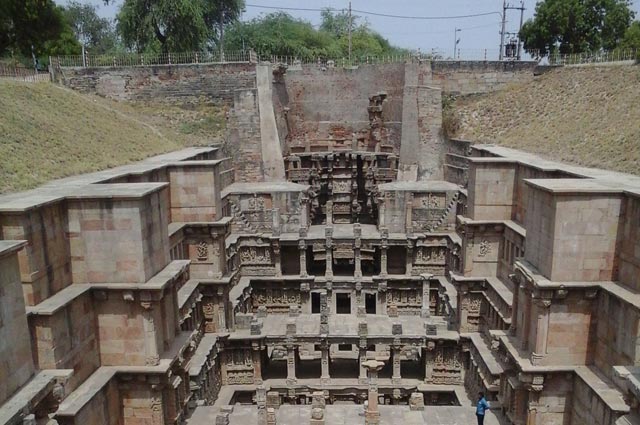
Rani ki Vav aka The Queen's stepwell is an amazing monument in the Indian state of Gujarat. It is an 11th century splendor that was constructed by a Solanki ruler as a gift for his wife. It has a depth of 88 feet and width of 65 feet. The entire stepwell is carved with the serpentine carvings that add charm to it. In the previous times, it has served as a hideout and an escape to the neighboring villages as it has secret tunnels dug. Presently, those tunnels have been closed permanently due to safety reasons.

Surrounded by the tantalizing gardens having a vast trimmed carpet of grass, Victoria Memorial is a historical building in Kolkata. It was built when the British rule was at its zenith in India. Victoria Memorial was built to commemorate Queen Victoria. This building is a present-day museum that houses various galleries exhibiting the ancient illustrations of Shakespeare and other authors. The royal gallery showcases the items that were used by the English royals.
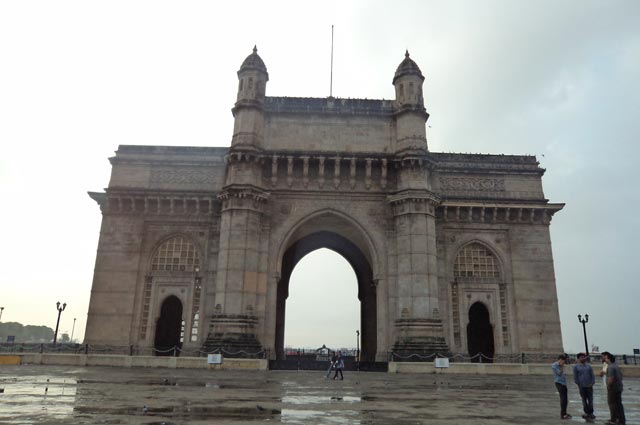
Do you think you'll skip visiting this amazing spot during your trip to India's Glamour Capital? Gateway of India is a must-see destination in Mumbai. This magnificent structure, with a gross height of 85 feet, was built to commemorate the arrival of the King George V & Queen Mary. It is a symbolic monument that represents the city of Mumbai and draws sizable tourists on a daily basis. And don't forget, the Indian freedom fighters knocked out the British rule forever at this place.
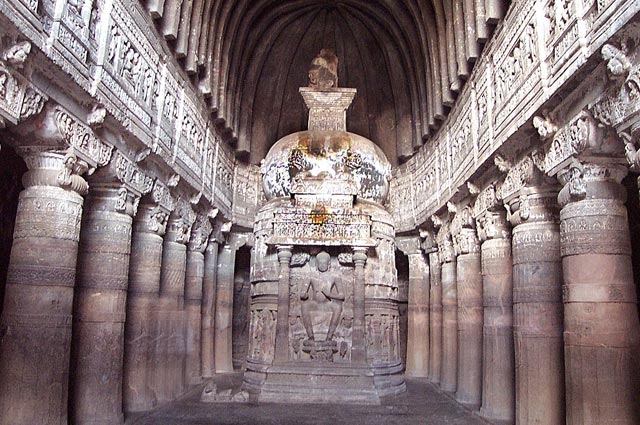
If you are a history enthusiast then Ajanta & Ellora Caves are for you. Depicting a pleasing amalgamation of the Hindu, Buddhist, and Jain culture, the caves of Ajanta & Ellora Caves is an enchanting site. They are located on the hillocks of the Sahyadri range in the alluring Western Ghats that add more charm to Ajanta & Ellora Caves. Inside the caves, you can see the amazing carvings and other sculptures of the religious figurines.
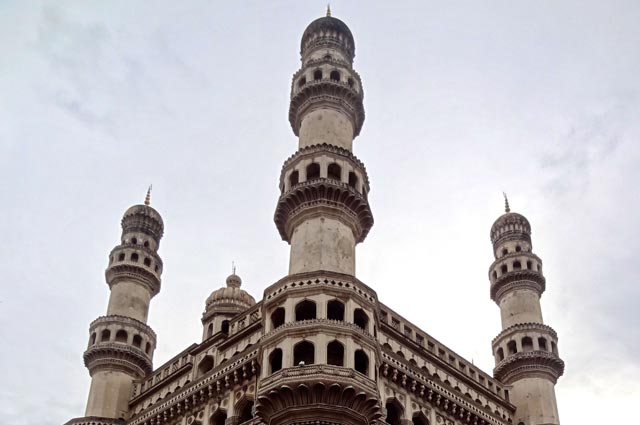
Any trip to Hyderabad remains incomplete if you miss savoring the Hyderabadi biryani and visiting Charminar. It is a 15th-century splendor that stands in the Islamic style of architecture. It was built during the rule of Quli Qutub Shah. This intriguing monument is situated in the bustling region of the city and is an important landmark. Comprising of four minarets with a height of 66 feet, this structure was built to honor Allah as a win over the widespread disease of plague in the region.
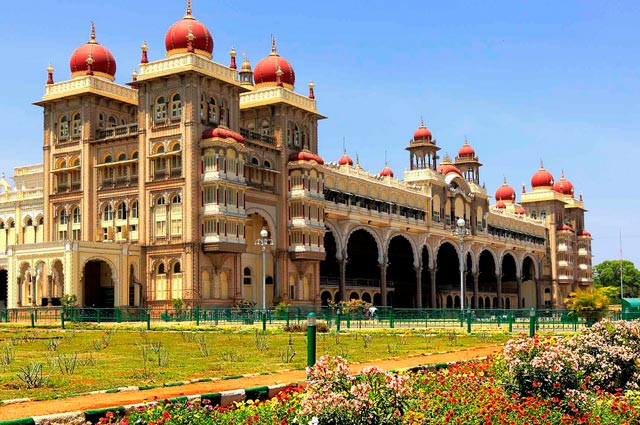
Also popular by the name of Amba Vilas Palace, Mysore Palace is a breathtaking marvel located in Karnataka. It served as the residence of the Wodeyar clan, the former rulers of Mysore when it was a princely state. This palace stands in the Indo-Saracenic style of architecture and was built in the year 1912. The faade of the building is alluring and catches the attention immediately. Take a look at the interiors of the palace that'll help you in assuming the standard of living of the royal clan.
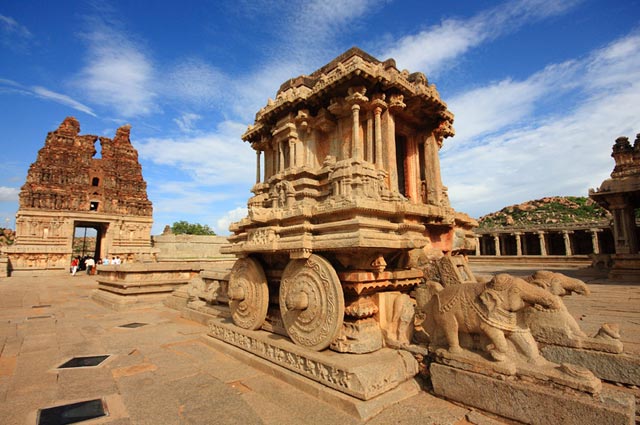
Hampi is a place that has numerous tales buried in its soil. Located in Karnataka, Hampi is famous for its group of monuments that is a UNESCO World Heritage Site. These monuments are the masterpieces in the form of well-carved gopurams, chariots, temples, monolithic structures etc. that tell the amazing stories of the bygone times. The Hindu temples like Virupaksha Mandir, Vitthala Mandir, and other Jain monuments are the ones to be admired at Hampi.
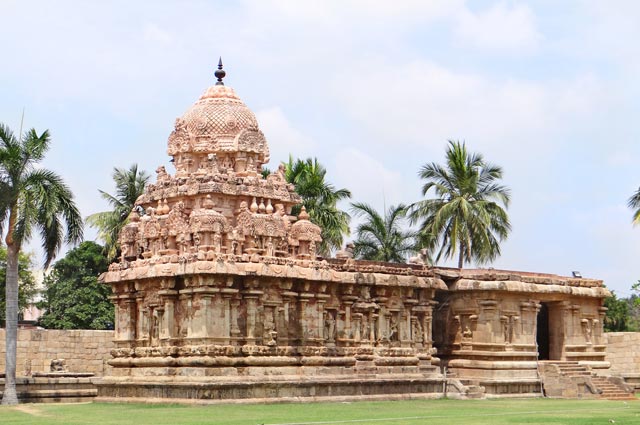
The Great Living Chola Temples are the three Hindu shrines that were constructed in the 11th and 12th century by the Chola dynasty. These temples are Brihadeeswara Temple, Airawateshwar Temple, and Gangaikonde Cholapuram. This trio of the ancient Hindu shrines is known for the serpentine carvings and other sculptures that they house. All temples are built in the Dravidian style of architecture and reflect the skillful craftsmanship of the ancient India. People from distant places flock to admire the beauty of Chola Temples.
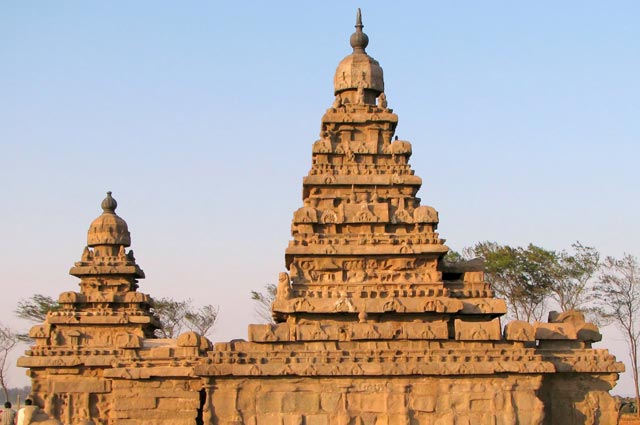
Last but not the least, Mahabalipuram is the name on our bucket list. Mahabalipuram is a heritage site that is renowned for its monuments. It is a home to the innumerable stone carvings and monolithic structures that are gazed by the visitors. It draws a large number of tourists from different states and nations as well! The Shore Temple is a major highlight of this place, do not miss visiting this site.
Let's come back in the present-day scenario, people. This time-travel was not less than a venture of peeking into the times of the royals. You learned about the various historical sites in India that are scattered in all the four directions. So what are you waiting for? Choose the direction in which you haven't visited.